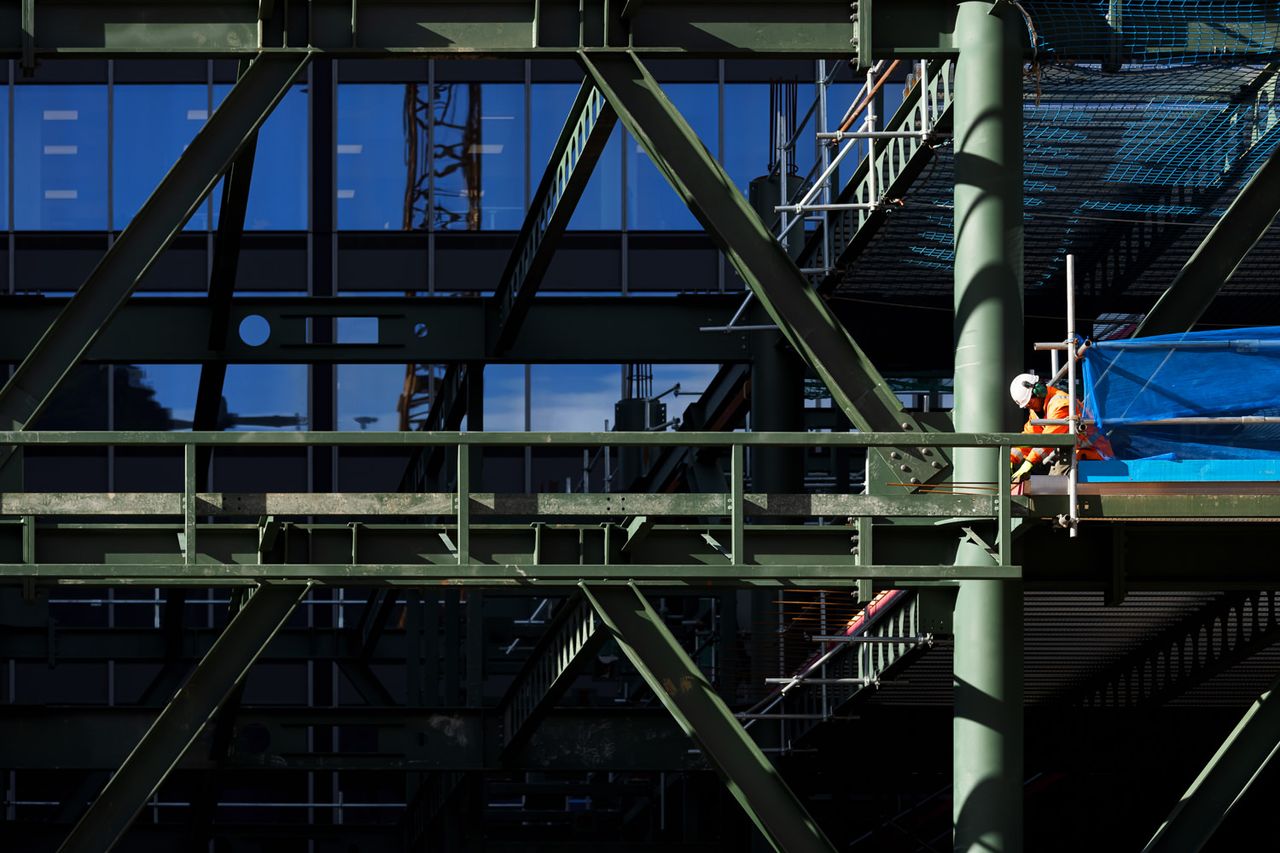News & Insights
A Moderating Outlook?
Author
Date
- 2022 September

The world has been riding a wave of fiscal and monetary stimulus, but that ride is over. We're now caught in the inflationary current, unsure where it will take us.
Inflation at home reached a 32-year high of 7.3% in June this year, driven in a large part by rising prices for construction [Statistics New Zealand].
The Reserve Bank of New Zealand is charged with keeping inflation between 1% and 3% and at their August meeting hiked the Official Cash Rate (OCR) to 3% in an attempt to slow inflation. 3% might not seem high, but as recent August last year, the OCR was hovering at a record low of 0.25% and economists were predicting the OCR might reach 2% by August this year.
The global push to tighten money supply is in vogue as we work together to address the fallout of the Ukraine conflict on commodity prices and COVID-19's continuing grip on workers, economies, and the consequences that flow. While there are signs of COVID-19’s grip loosening, the outlook for global growth continues to weaken, reflecting the ongoing tightening in global monetary conditions.
Turbulent waters remaining challenging, for now
Despite these difficulties, the construction sector has remained resilient (at least by the numbers). In the period ending June 2022 unadjusted building value was $8.4 billion, up 19% from last year – of which residential construction accounts for $5.8 billion. Auckland, Wellington, and Canterbury are driving much of this increase.

However, it isn’t all rosy. The growth in these numbers may be a red herring as high construction costs drive an increase in value rather than volume. In June 2022 Cordell Construction Cost Index hit an all-time high of 7.7% annual growth since records began in 2012.
"Most of the increase in the total value in building work is the result of increasing costs seen for both residential and non-residential buildings...
"In the past 12 months residential building costs rose 17 percent, while non-residential building costs rose 11 percent"
Michael Heslop, Construction and Property Statistics Manager, StatsNZ: /news/building-activity-rises-in-june/
This appears to be a perfect storm. The inflated cost of freight which, while easing, remains much higher than pre-pandemic levels. Significant delays are also continuing to plague the entire construction supply chain extending project timelines by months. And with the rapidly escalating cost of capital, these delays are costing developers and construction firms.
The ANZ Truckometer a proxy for economic activity – is beginning to slow with heavy traffic below trend, and light traffic falling as consumers tighten their belts. While there are some indications of alleviation for our severe labour shortages as borders open, we should remain cautious for the time being as borders are two-way, and net migration is in the red with population growth at its lowest since 1986. Skilled workers aren't likely to be strong supply anytime soon.
When you combine these difficulties with the rising cost of capital for developers, contractors and impact on homeowners, commercial viability may appear to be a little shaky and I wouldn't be surprised if we saw cost, product, and labour issues persist into the next year or two.
We’re not alone and the horizon is calm and green
Despite New Zealand's construction cost escalation seeming drastic, it is not out of the realm of what our global counterparts are experiencing. Construction costs in the United States increased by a record 17.5% in 2021 according to US Census Bureau — and similar trends are seen in Australia, Canada, and Singapore. Although we may be facing common challenges right now, lead indicators for the residential building sector look promising.
The increasing number of apprentices and young people entering the workforce is a positive indication that labour shortages may have a reprieve in the medium-term as their skills develop – but this won't be enough on its own. At RCP we fully support policy interventions to fast track the migration of skilled workers.
Building consents have also hit an all-time high, with 50,000 being issued in the year leading up to July 2022. The growth is largely driven by Auckland, Wellington and Canterbury.
We’re also seeing a structural change in housing demand with the number of multi-unit homes being consented annually increasing almost nine-fold in the last decade. Auckland has been a big driver of this, with 17-times more multi-unit home consents issued in 2022 than in 2002. Other main centres are following suit with Canterbury, Wellington and Otago multi-dwelling contents up 70%, 50%, and 51%, respectively.
In fact, we’re starting to see a decline in the number of standalone homes being consented to the point there are more multi-unit dwellings being consented than standalone dwellings – a trend which we anticipate will continue as new planning laws bed in.
Data is also showing an increase in construction businesses taking climate related actions due to customer demand and public opinion [Statistics New Zealand Business Operation Survey 2021]. Moreover, from April this year, all new non-residential government buildings above $25 million must be built to Green Star 5 or above, with the $25 million de minimis dropping to $9 million in April 2023. On the residential side, the New Zealand Green Building Council reported that 4,871 homes were “Homestar” certified in 2021, some 165% above their target for that year.
Risks can be managed
Navigating and weathering the perfect storm is tricky, particularly as developers and contractors often bear inflation and non-force majeure related risks. This coupled with current supply chain issues and labour shortages makes it almost impossible to estimate delivery timeframes and costs. Contractors cannot price these risks with any certainty which is leading to a shift in procurement strategies to avoid expectation mismatches between client and contractor.
Unable to price risks, there are signals that contractors and developers are having difficulty obtaining funding, with funder scepticism about the bankability of projects, particularly for larger or more complicated construction.
So what can you do?
There are some immediate steps that you can take to manage risks across your projects. If you're just getting started with project planning, picking the appropriate procurement and contract approach is critical. The strategies you deploy will influence your ability to manage and mitigate inflationary, supply chain and other risks your project might face.
At RCP we have been seeing an uptick in Early Contractor Engagement (or ECI) process for new projects as clients navigate the resource constraints of the market and seek to create mutual benefit for themselves and contractors. This approach provides for pain / gain sharing and much needed buildability advice. It can be used to identify efficient design and construction choices and methods that can be delivered by any team, rather than requiring specialised knowledge and expertise. This approach can help to provide confidence to funding partners and lead to more favourable credit terms. We have specialists throughout the country who can support you to understand and execute the ECI process.
If you’re already underway, review your current project budgets and look at whether forward contracting for critical, high-value components is warranted and what contractual terms you could put in place to protect your project and whether exit strategies or project off-ramps are needed.
To counteract some of the global supply chain issues, we encourage you to consider whether a local certified alternative is available here, or across the Tasman. You may want to think about forward purchasing and taking delivery early to avoid unnecessary delays. We recognise this can come at a cost, but this cost is generally less than unplanned delays or last-minute product changes.
If you’re making plans for the future, remember to consider your acquisitions and how they fit with your preferred development strategy and construction approaches. Emerging and known trends or demand shifts – such as the Government’s Green Star building requirement – mean that these strategies may need to be adjusted to ensure you remain ahead of the competition while also meeting the market.
If you’d like to discuss how to manage your project through these uncertain times, please reach out. We are a firm with over 25 years’ experience and a proven track record in successfully leading and delivering projects and commercial and contract negotiations.



